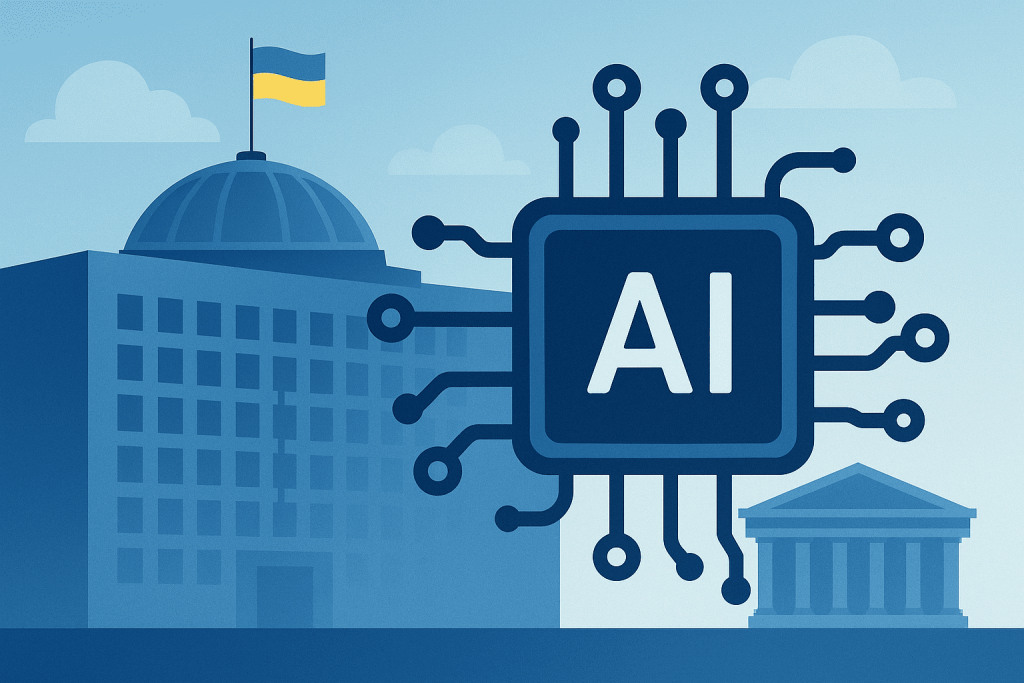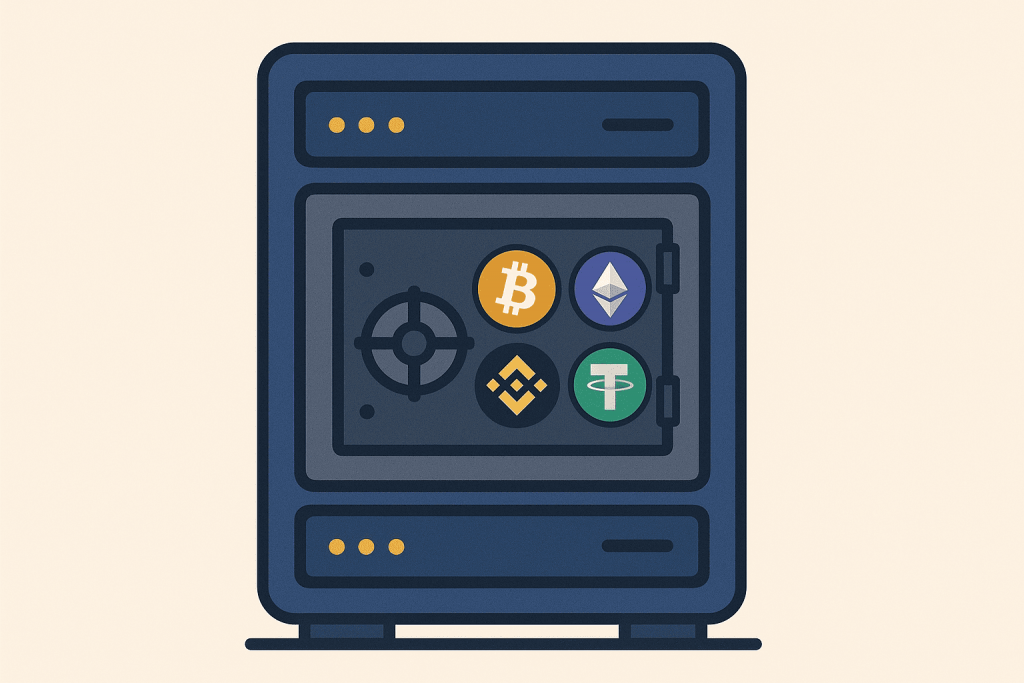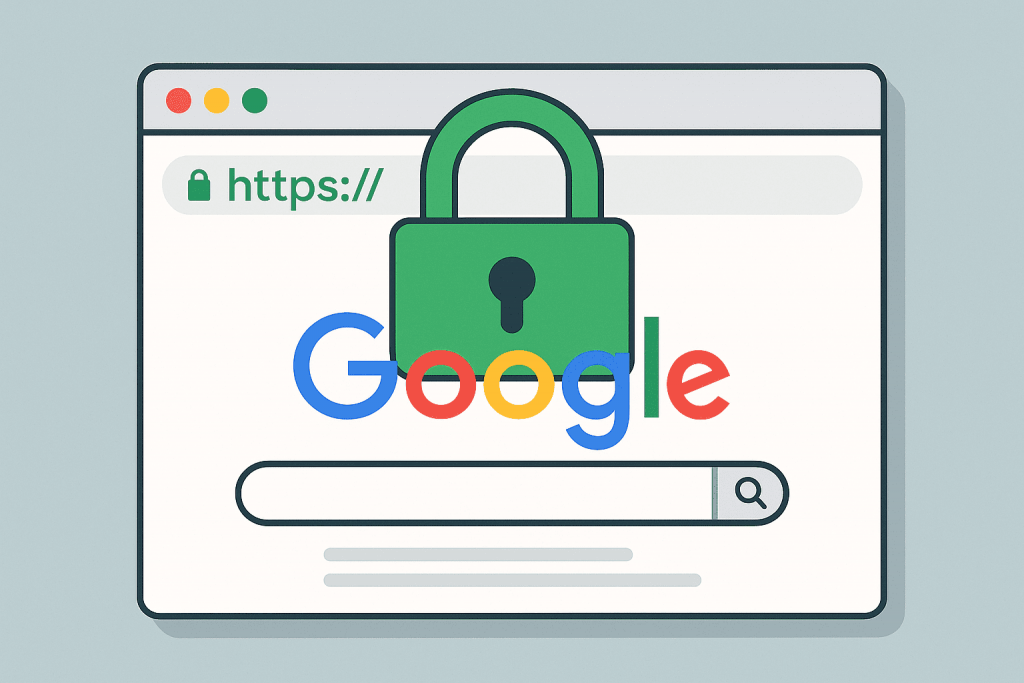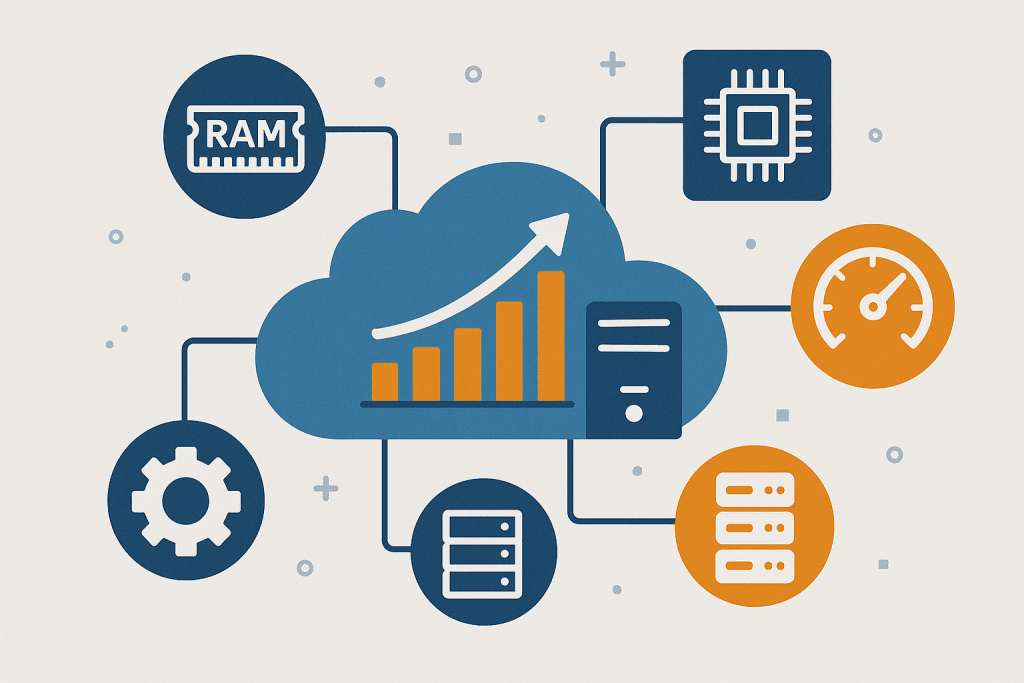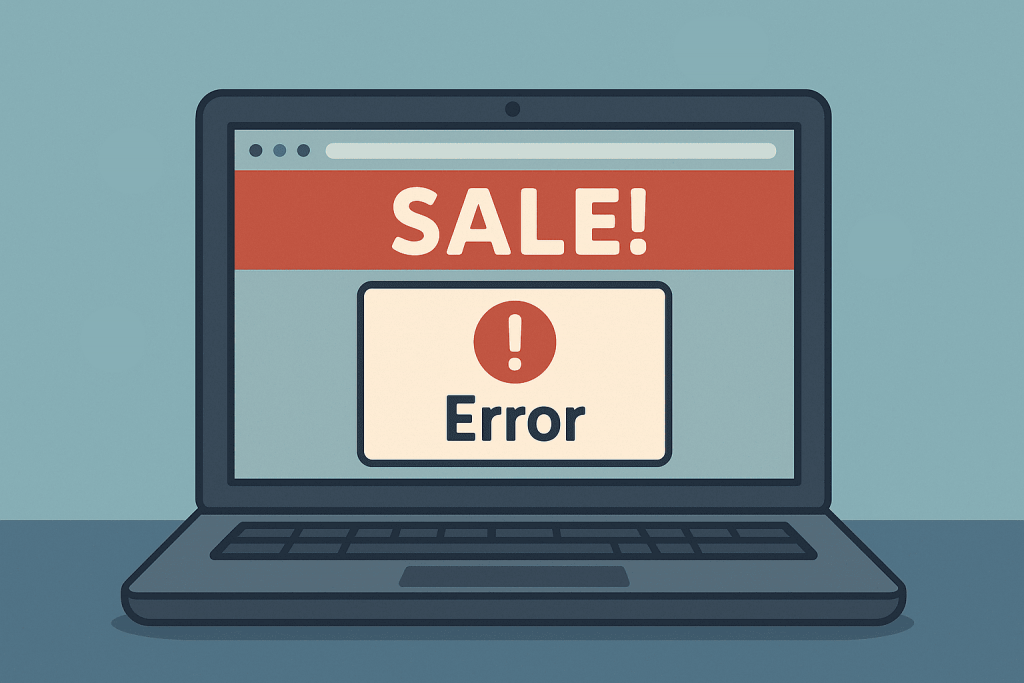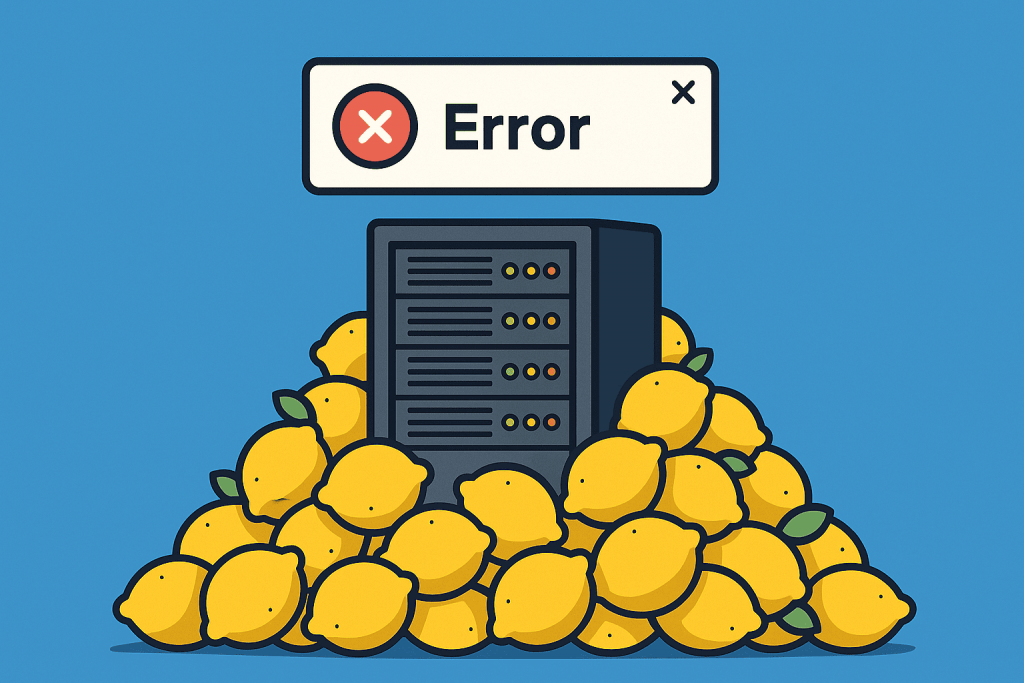
In October 2025, Ukrainian fintech once again proved its ability to create nationwide events — even when it comes to ordinary lemons. Monobank announced a campaign to celebrate reaching 10 million customers and launched an in-app game: users had to find virtual lemons hidden across different sections. Find 10 — enter the draw for an iPhone 17; collect all 50 — get a chance to win ₴1 000 000. The biggest mystery was the “51st lemon” — a secret bonus that, according to the bank’s team, unlocked access to the main prize — a BMW 3 Series.

